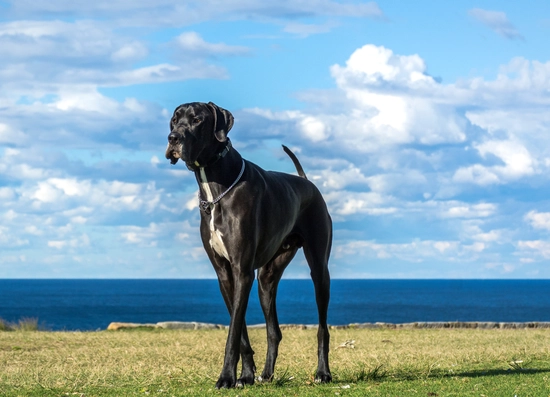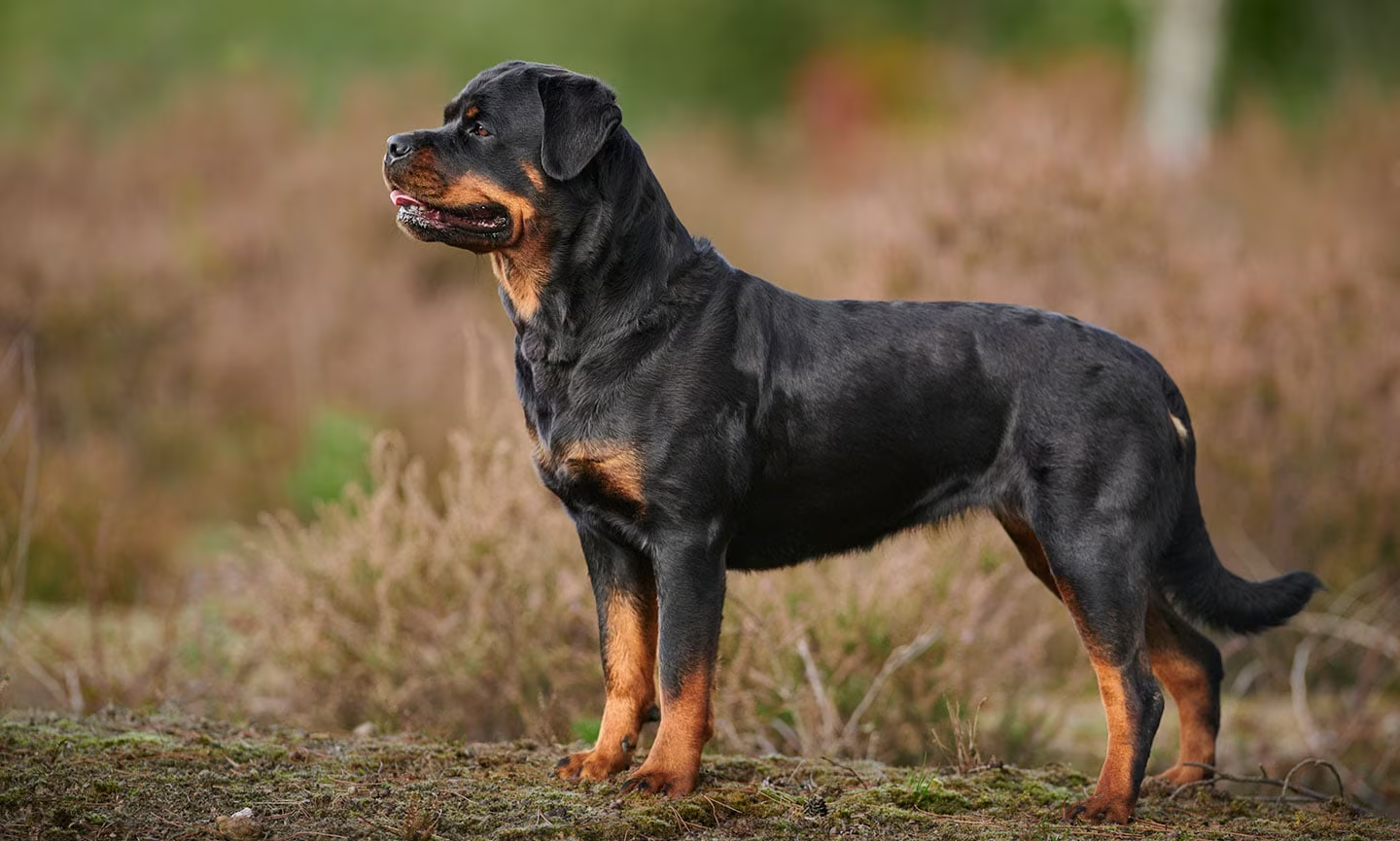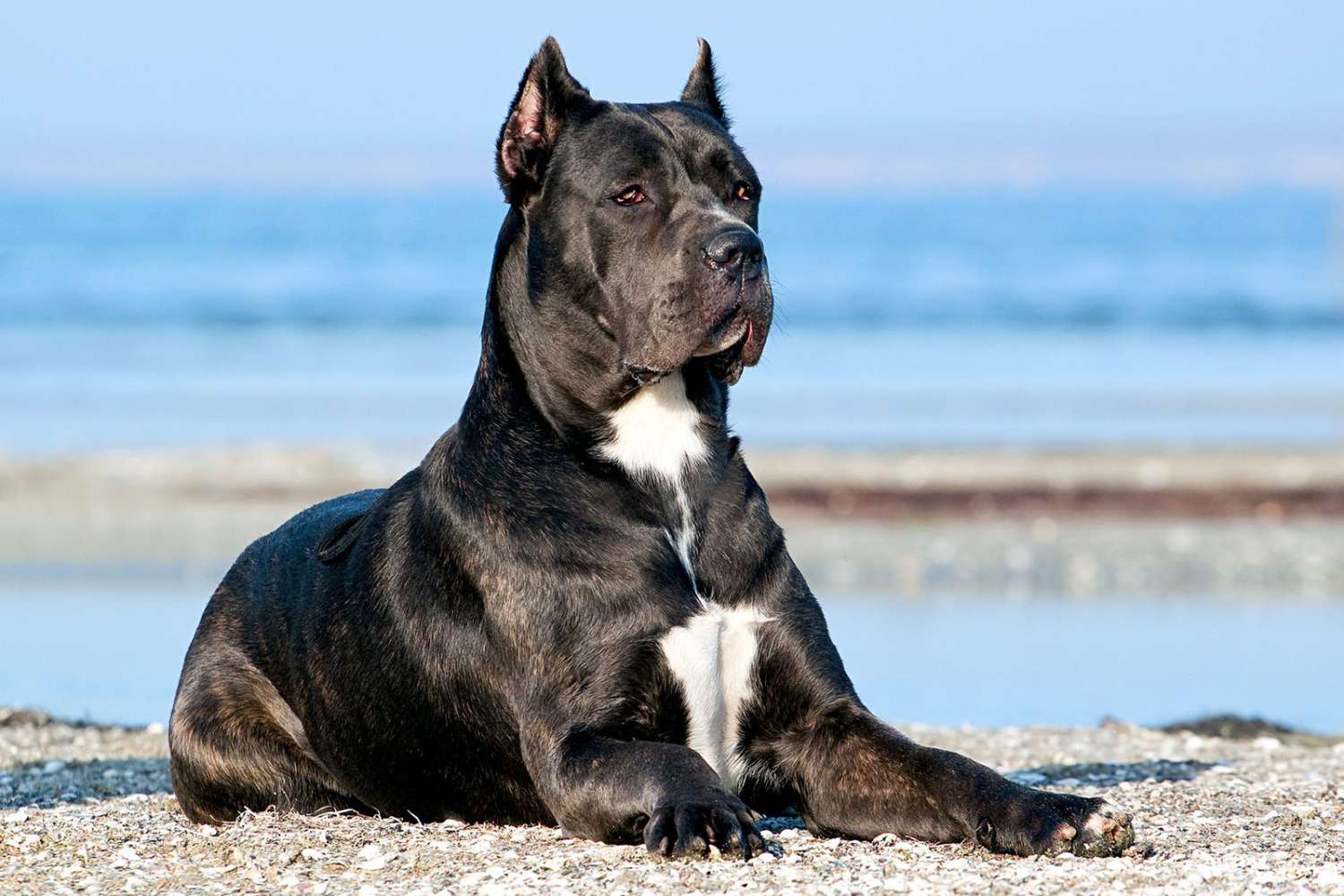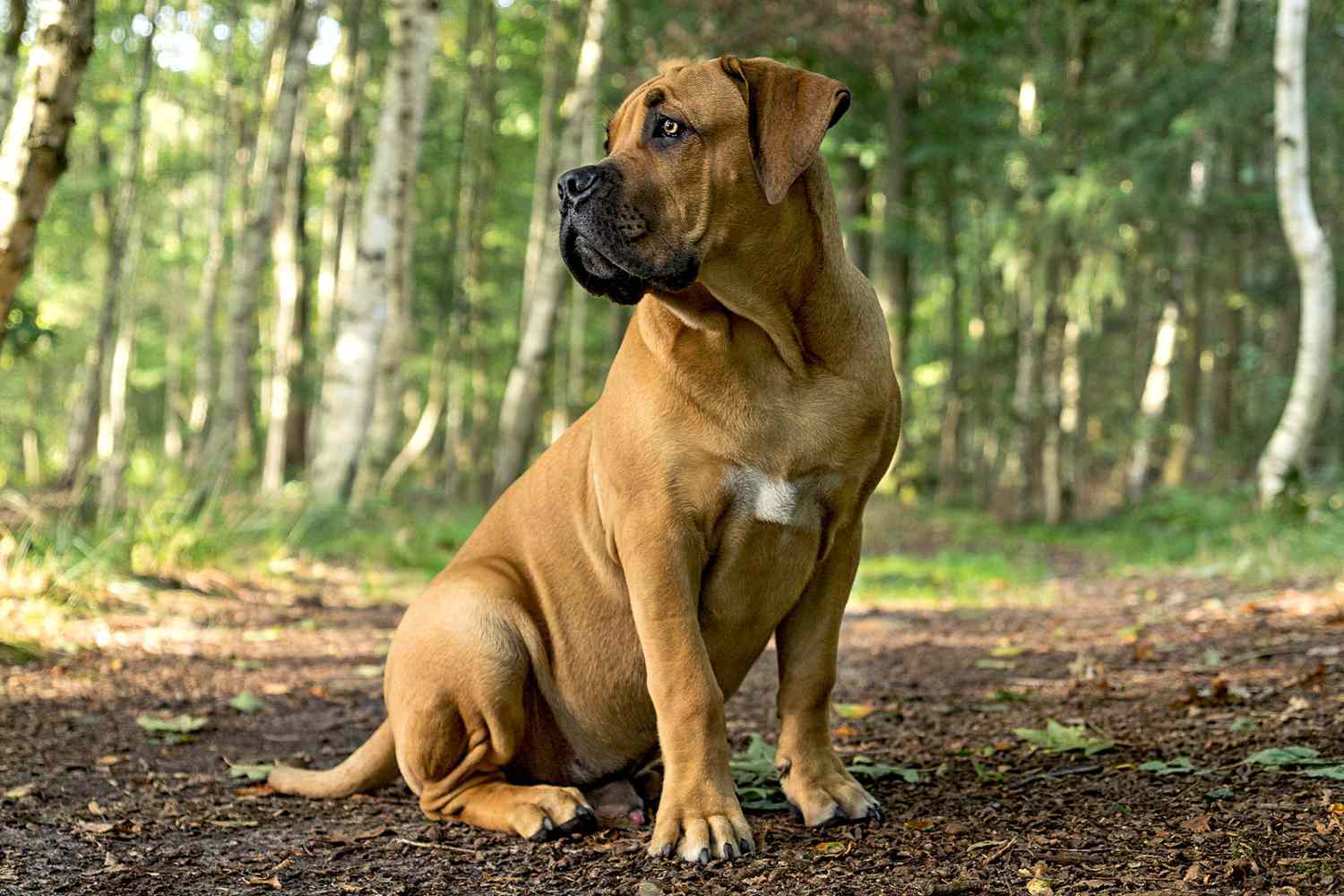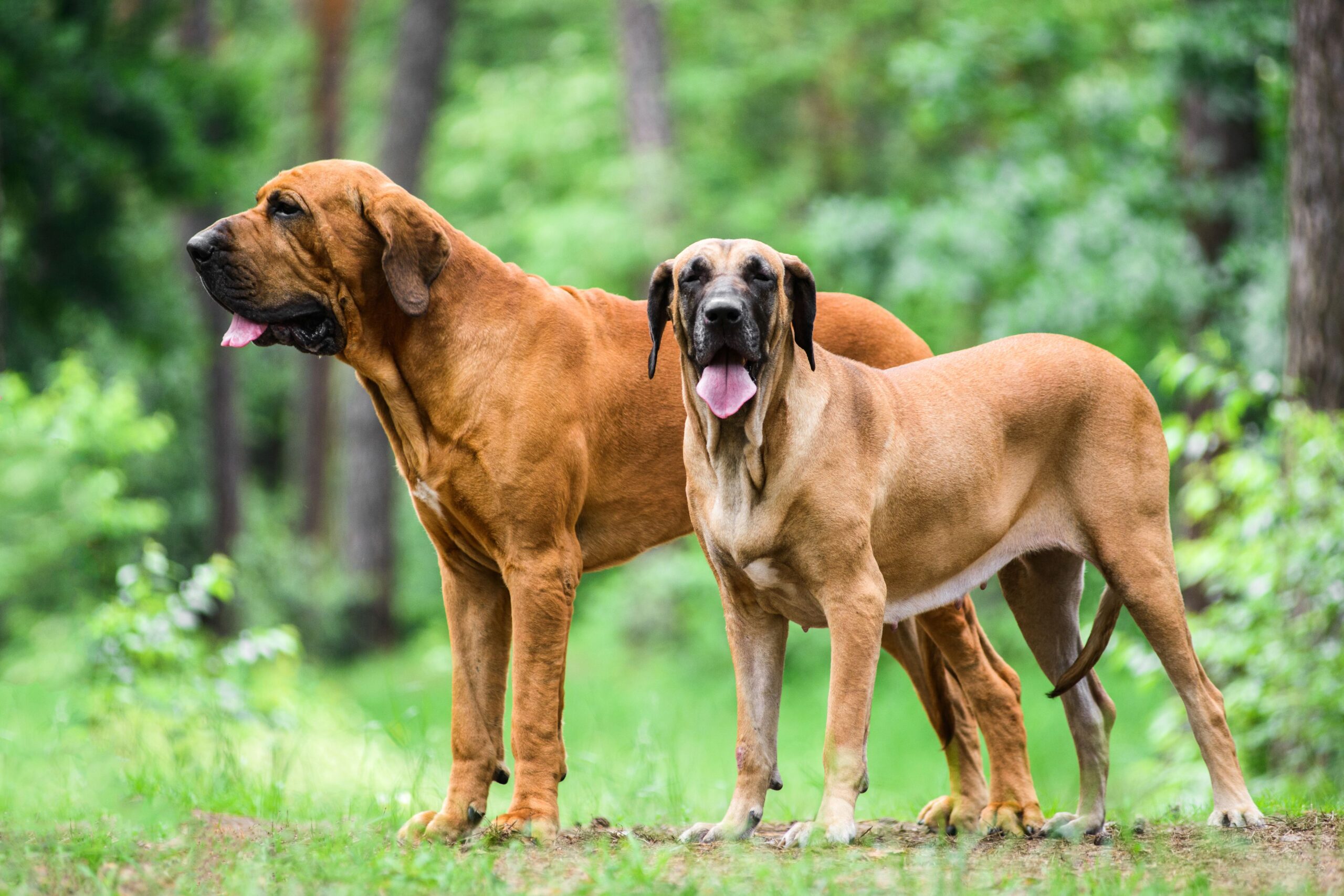Meet the Majestic Great Dane
The first time you encounter a Great Dane in person, it’s impossible not to be awestruck. Standing nearly three feet tall at the shoulder and often weighing more than the average adult woman, these magnificent dogs command attention wherever they go. Yet despite their imposing size, Great Danes have earned their reputation as “gentle giants” for a reason – beneath that powerful exterior beats the heart of one of the sweetest, most people-oriented breeds in the canine world.
I fell hard for these giants when my neighbor’s harlequin Dane, Milo, would greet me by resting his massive head on my shoulder like an old friend sharing a secret. His gentle demeanor and soulful eyes completely shattered any intimidating first impression his size might have created. That’s the magic of Great Danes – they’re living contradictions, combining immense physical presence with remarkable tenderness.
The Royal History Behind These Noble Dogs
Despite their name, Great Danes aren’t Danish at all – they’re thoroughly German in origin. The confusion stems from a French naturalist who saw these dogs in Denmark and dubbed them “Grand Danois,” but their actual development happened in Germany where they were known as “Deutsche Dogge” (German Mastiff).
Originally bred to hunt wild boar – a dangerous pursuit requiring both courage and strength – these powerful dogs later found favor with German nobility. By the 17th century, they had transitioned from fierce hunters to elegant “chamber dogs” in noble households, often sporting decorative collars and lounging in royal bedchambers as status symbols.
This dual heritage explains much about today’s Great Dane. Their hunting background gave them athleticism and courage, while their nobility connections influenced their dignified bearing and gentle house manners. Modern breeding has emphasized their companion qualities, creating dogs who retain their impressive appearance while being suitable for family life.
Beyond Size: The Great Dane Personality
Ask any Great Dane owner what makes these dogs special, and personality always tops the list. Great Danes are known for being:
- Affectionate: These dogs form intense bonds with their families and often consider themselves lap dogs despite their size
- Patient: Well-bred and properly raised Danes typically show remarkable tolerance, especially with children
- Sensitive: Despite their imposing appearance, many Danes are quite emotionally attuned to their humans
- Moderately energetic: Unlike some working breeds, adult Great Danes don’t require excessive exercise to remain happy
- People-oriented: They genuinely enjoy human company and often follow their people from room to room
Their protective instincts make them natural watchdogs, but they’re typically more reserved than aggressive with strangers. A properly socialized Great Dane will usually assess new people calmly rather than rushing to judgment. This balance of protection without unnecessary aggression makes them excellent family guardians.
One charming quirk that surprises many first-time owners is the Great Dane’s famous “lean” – these giants love to casually rest their substantial weight against their favorite humans, seemingly unaware of their impact. It’s their way of staying connected to you, though you might need to brace yourself!
Living Large: Practical Considerations
Before bringing home one of these majestic dogs, you’ll need to consider several practical aspects of Great Dane ownership:
Space Requirements: While Great Danes can adapt to apartment living better than you might expect (they’re often quite calm indoors), they do need physical space to move comfortably. Low ceilings, narrow hallways, and cramped quarters can be challenging. They need room to turn around without knocking everything over and a comfortable place to stretch out.
Financial Commitment: From food (expect to budget for 30-40 pounds monthly) to appropriately sized equipment to potential medical costs, Great Danes are expensive to maintain. Everything costs more for a giant breed – medications are dosed by weight, surgeries cost more, and even basic supplies must be sized up.
Transportation: Standard sedans aren’t ideal for transporting full-grown Great Danes. Most owners find SUVs, minivans, or trucks better suited for comfortably and safely moving their gentle giants.
Household Adjustments: Coffee tables become tail-sweeping zones, countertops are easily accessible to curious noses, and furniture may need reinforcement. Most owners develop “Dane-proofing” strategies for their homes.
Public Attention: Walking a Great Dane means becoming an instant local celebrity. Expect frequent stops, questions, comments, and photo requests – some owners find this charming, others find it tiresome.
Health and Longevity: Understanding the Challenges
The greatest heartbreak of loving a Great Dane is their relatively short lifespan. While small breeds may live 15+ years, Great Danes typically live just 7-10 years. This shortened lifespan relates to several health challenges common in the breed:
Gastric Dilatation-Volvulus (Bloat): This life-threatening emergency occurs when the stomach fills with gas and twists on itself. Prevention strategies include multiple small meals, avoiding exercise around mealtimes, and possibly prophylactic surgery (gastropexy).
Heart Disease: Dilated cardiomyopathy (DCM) affects many Great Danes. Regular cardiac screenings are essential, especially as they enter middle age.
Orthopedic Issues: Hip dysplasia, wobbler syndrome (a neck/spine condition), and other joint problems can affect mobility and quality of life. Careful breeding, appropriate exercise, and maintaining healthy weight help reduce risks.
Cancer: Like many large breeds, Danes have increased risk for certain cancers, particularly bone cancer (osteosarcoma).
Working with reputable breeders who conduct appropriate health testing helps reduce these risks, but potential owners should enter Great Dane ownership with eyes open about potential health challenges and associated costs.
Training and Exercise: Building a Well-Behaved Giant
Great Danes are generally intelligent and eager to please, making them responsive to positive training methods. However, their size makes proper training non-negotiable – an untrained 150-pound dog can be dangerous despite the best intentions.
Successful Great Dane training includes:
- Early socialization: Exposing puppies to various people, animals, environments, and experiences creates confident, well-adjusted adults
- Positive reinforcement: Despite their size, Danes can be sensitive and respond poorly to harsh methods
- Consistency: Clear boundaries and expectations prevent confusion
- Leash manners: Teaching loose-leash walking is essential before your puppy outweighs you
- Impulse control: “Four on the floor” (no jumping), waiting at doors, and similar skills improve safety
Regarding exercise, Great Danes need moderate daily activity – typically two 30-45 minute walks plus some play time. Puppies require special consideration during growth phases (up to 18-24 months), with low-impact exercise preferred to protect developing joints. Mental stimulation through training, puzzle toys, and varied experiences helps prevent boredom without overtaxing their bodies.
Grooming: Surprisingly Simple
One area where Great Dane ownership proves less demanding than expected is grooming. Their short, sleek coat requires minimal maintenance:
- Weekly brushing with a rubber curry brush or grooming mitt removes loose hair and distributes natural oils
- Bathing every 6-8 weeks is typically sufficient unless they get particularly dirty
- Nail trimming every 3-4 weeks prevents discomfort and mobility issues
- Regular dental care and ear cleaning should be part of routine maintenance
The main grooming challenge is simply the logistics of managing such a large dog. Bathing a Great Dane often becomes a two-person job, and many owners opt for professional help or self-service pet wash facilities with large tubs and ramps.
Finding Your Gentle Giant
If you’re convinced a Great Dane might be right for your family, you have two primary routes to ownership:
Adoption: Despite their pedigree status, Great Danes do end up in rescue situations, often due to owners underestimating their size, lifespan, or care requirements. Breed-specific rescues like Great Dane Rescue Inc. and numerous regional organizations specialize in rehoming these giants. Adoption offers the chance to give a deserving dog a second chance, often at lower initial cost than purchasing a puppy.
Responsible Breeders: If you’re seeking a puppy, work only with reputable breeders who perform health testing (hips, heart, thyroid, etc.), prioritize temperament alongside appearance, provide proper socialization, and offer lifetime support. The Great Dane Club of America can be a valuable resource for finding ethical breeders.
Regardless of source, prepare for a thorough screening process – responsible rescues and breeders want to ensure their dogs go to homes prepared for the breed’s specific needs.
Is a Great Dane Right for You?
Great Danes can thrive in many different households, but they’re particularly well-suited for:
- Families seeking a gentle, protective companion who’s good with children
- Homes with adequate space, both indoors and outdoors
- People who are home frequently, as these social dogs don’t do well alone for extended periods
- Those who want a dog with presence but moderate exercise needs
- Individuals financially prepared for giant breed ownership costs
They might not be ideal for:
- First-time dog owners without training experience
- Those on tight budgets
- Highly active people seeking a running partner
- Those unprepared for a potentially shorter canine lifespan
For those who can provide what these magnificent dogs need, Great Danes offer a truly unique companionship experience. There’s something special about sharing your life with a gentle giant – their combination of imposing size with tender hearts creates bonds unlike any other in the dog world. As one experienced owner told me: “Once you’ve loved a Great Dane, other dogs just seem like they’re missing something.”
